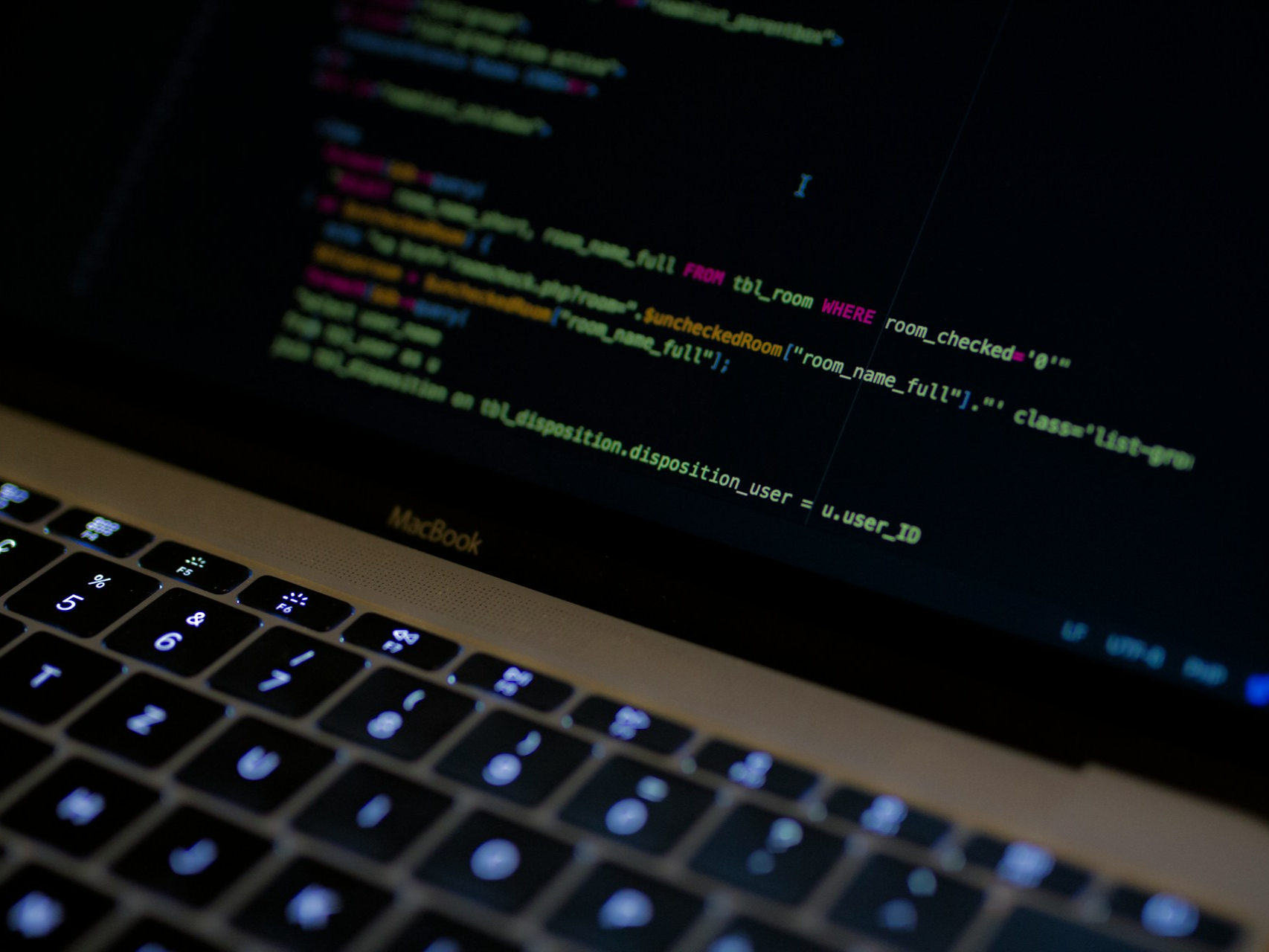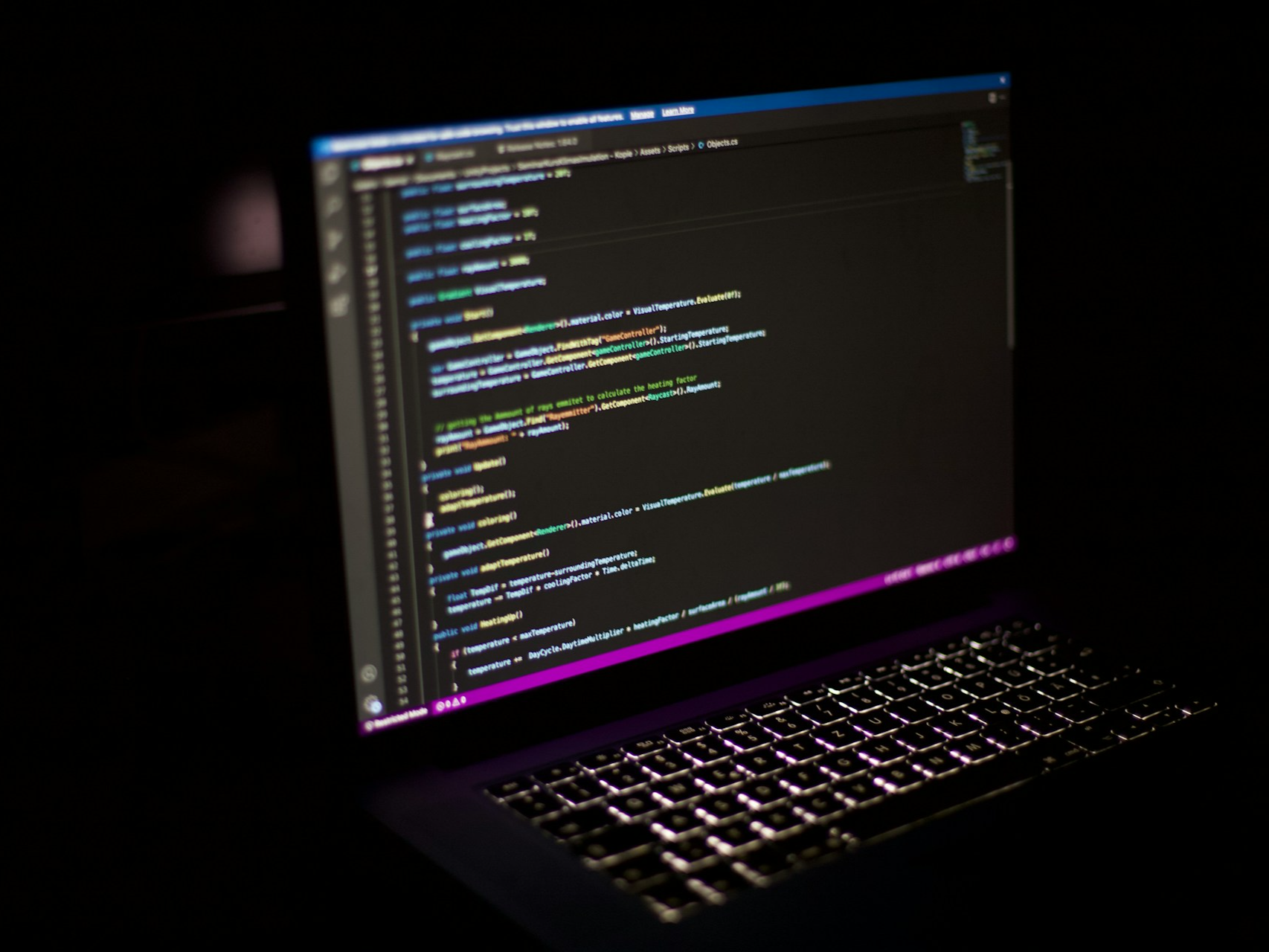ChatGPT Training: A Comprehensive Guide
ChatGPT Training: A Comprehensive Guide

ChatGPT is a powerful AI-powered language model that can generate text, translate languages, write different kinds of creative content, and answer your questions in an informative way. It is trained on a massive dataset of text and code, and it is constantly learning and improving.
In this blog post, we will take a comprehensive look at ChatGPT training. We will discuss the different techniques used to train ChatGPT, the challenges involved, and the future of ChatGPT training.
ChatGPT Training Techniques
ChatGPT is trained using a variety of techniques, including:
- Supervised learning: ChatGPT is presented with a large dataset of text and code, and it is trained to learn the patterns in the data. For example, ChatGPT might be trained on a dataset of news articles, and it would learn to identify the different elements of a news article, such as the headline, the body text, and the author.
- Unsupervised learning: ChatGPT is presented with a large dataset of text and code, but it is not given any labels or instructions. ChatGPT is then trained to find patterns in the data on its own. For example, ChatGPT might be trained on a dataset of tweets, and it would learn to identify different topics and themes in the tweets.
- Reinforcement learning: ChatGPT is placed in a simulated environment, and it is rewarded for taking actions that lead to desired outcomes. For example, ChatGPT might be placed in a simulated chat room, and it would be rewarded for generating responses that are informative and engaging.
Challenges of ChatGPT Training
Training ChatGPT is a challenging task. Some of the challenges involved include:
- Data requirements: ChatGPT requires a massive dataset of text and code to train. This dataset can be difficult and expensive to collect.
- Computational resources: Training ChatGPT requires a lot of computational resources, such as GPUs and TPUs. These resources can also be expensive to access.
- Bias: ChatGPT can be biased, reflecting the biases in the data it is trained on. It is important to be aware of this bias and to take steps to mitigate it.
Future of ChatGPT Training
ChatGPT training is an active area of research, and there are a number of promising new techniques being developed. Some of the areas of research include:
- Transfer learning: Transfer learning is a technique where a model is trained on one dataset and then used as a starting point for training a model on a different dataset. This can be used to train ChatGPT on a smaller dataset, or on a dataset that is not publicly available.
- Generative adversarial networks (GANs): GANs are a type of neural network that can be used to generate synthetic data. This synthetic data can be used to train ChatGPT on datasets that are too expensive or difficult to collect.
- Multi-modal learning: Multi-modal learning is a technique where a model is trained on multiple types of data, such as text, images, and audio. This can be used to train ChatGPT to generate more creative and informative content.
ChatGPT Training Examples
Here are some examples of how ChatGPT can be trained:
- Customer service: ChatGPT can be trained on a dataset of customer service conversations, and it can then be used to generate customer service responses.
- Creative writing: ChatGPT can be trained on a dataset of creative writing, such as novels, poems, and scripts. ChatGPT can then be used to generate creative content, such as stories, poems, and code.
- Code generation: ChatGPT can be trained on a dataset of code, such as Python, JavaScript, and Java. ChatGPT can then be used to generate code, such as scripts and functions.
ChatGPT Training Tools
There are a number of tools that can be used to train ChatGPT, including:
- OpenAI API: The OpenAI API provides access to a variety of AI models, including ChatGPT. To train ChatGPT using the OpenAI API, you will need to create an OpenAI account and obtain an API key.
- Hugging Face Transformers: Hugging Face Transformers is a popular open-source library for natural language processing. Hugging Face Transformers provides a number of pre-trained ChatGPT models, which can be used for both inference and training.
- Google Colab: Google Colab is a Jupyter notebook environment that can be used to train and run AI models. Google Colab provides free access to GPUs, which can be helpful for training large ChatGPT models.
ChatGPT Training Tips
Here are some tips for training ChatGPT:
- Start with a pre-trained model. A pre-trained model has already been trained on a large dataset of text and code, which can save you a lot of time and effort.
- Use a large and representative dataset. The larger and more representative the dataset, the better ChatGPT will perform.
- Use a variety of training techniques. ChatGPT can be trained using a variety of techniques, such as supervised learning, unsupervised learning, and reinforcement learning. Experiment with different techniques to see which ones work best for your task.
- Evaluate the performance of ChatGPT on a held-out test set. This helps to ensure that ChatGPT is not overfitting the training data.
- Be aware of bias and take steps to mitigate it. ChatGPT can be biased, reflecting the biases in the data it is trained on. It is important to be aware of this bias and to take steps to mitigate it.
ChatGPT Training Data
The quality and quantity of the training data has a significant impact on the performance of ChatGPT. The training data should be representative of the types of tasks that ChatGPT will be used for. For example, if ChatGPT is to be used for generating customer service responses, the training data should include a large dataset of customer service conversations.
ChatGPT Training Evaluation
It is important to evaluate the performance of ChatGPT on a held-out test set after training. This helps to ensure that ChatGPT is not overfitting the training data. There are a variety of metrics that can be used to evaluate ChatGPT performance, such as accuracy, fluency, and coherence.
ChatGPT Training Best Practices
Here are some best practices for training ChatGPT:
- Use a large and representative dataset.
- Use a variety of training techniques.
- Evaluate the performance of ChatGPT on a held-out test set.
- Be aware of bias and take steps to mitigate it.
Conclusion
ChatGPT training is a challenging but exciting area of research. With the continued development of new techniques and the increasing availability of computational resources, we can expect to see even more powerful and versatile ChatGPT models in the future.









